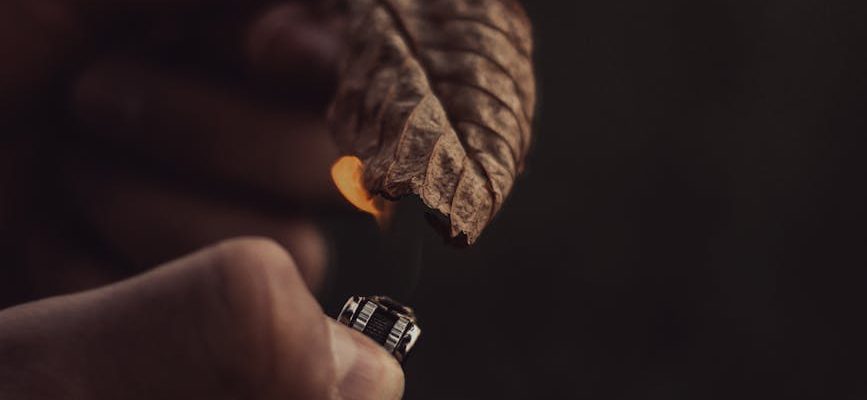Have you ever stood in a cozy room, the flicker of a candle creating the perfect ambiance, and thought about all the safety regulations that keep those little flames from becoming a big problem? Yeah, me neither! But as a candle enthusiast, it’s kind of essential to know what’s going on behind the scenes. Because let’s face it, we love our candles, but we definitely don’t want them to turn into fire hazards!
So here’s the deal: candles are more than just pretty vessels filled with wax and fragrance. They come with a set of rules and safety guidelines designed to protect us while we indulge in our candle-making passions. For instance, did you know that many countries have specific labeling requirements? Imagine pouring your heart into a beautiful candle only to find out it needs a warning label. It’s like putting a bow on a gift but forgetting to include the card!
Speaking of labels, here’s a fun fact: most candles need to clearly indicate their contents. So if you’ve got a lovely mix of soy wax and essential oils, you should probably share that info! Transparency not only builds trust but also keeps consumers aware of what they’re burning. Nobody wants to accidentally ignite a mystery blend of chemicals, right?
- Warning Labels: Always include a warning about keeping candles away from flammable materials.
- Ingredient Disclosure: Let folks know what’s in your candles—soy, paraffin, essential oils, you name it!
- Burn Time: Inform buyers how long they can enjoy your creation safely.
Now, let’s chat about proper wick sizing. It’s easy to overlook, but a wick that’s too long can create a tall flame that’s just begging for trouble. Picture this: you light your candle, and whoosh! The flame starts dancing like it’s at a concert. Not the vibe we’re aiming for! Keeping wicks trimmed to about a quarter inch can help manage that wild behavior.
And let’s not forget about the materials we choose! Natural waxes and wicks tend to be the safer bet. You wouldn’t wear a wool sweater in a sauna, right? So why would you use low-quality waxes that could release harmful chemicals when burned? It’s all about making conscious choices that keep both our space and our lungs happy.
Finally, here’s a little nugget of wisdom: always practice safe candle burning. That means never leaving a candle unattended, keeping it away from drafts, and placing it on a heat-resistant surface. It’s the little things that count! Think of it this way: you wouldn’t leave a pot of boiling water on the stove while you go binge-watch your favorite show, would you?
As we dive deeper into the world of candle making, let’s remember that safety should always be our top priority. After all, a beautiful candle is meant to bring warmth and joy, not an unexpected visit from the fire department. So next time you whip up a batch of your favorite scents, take a moment to consider these safety regulations. It might just save you from a fiery predicament!
